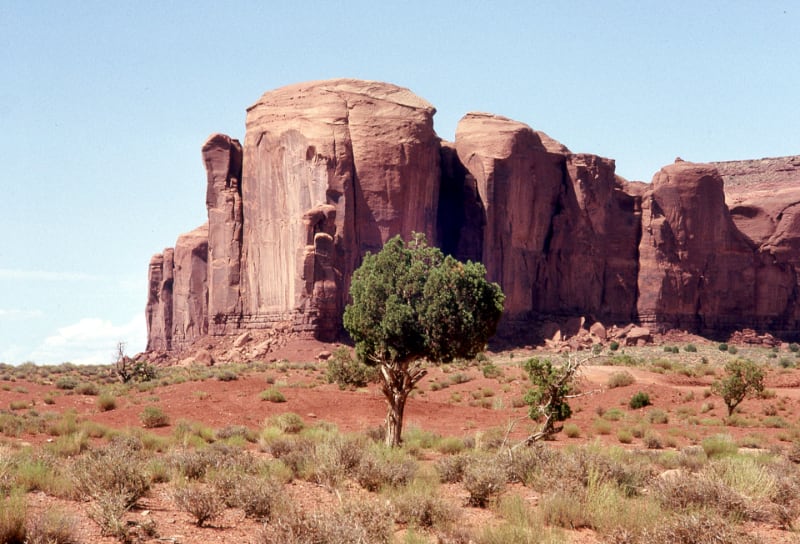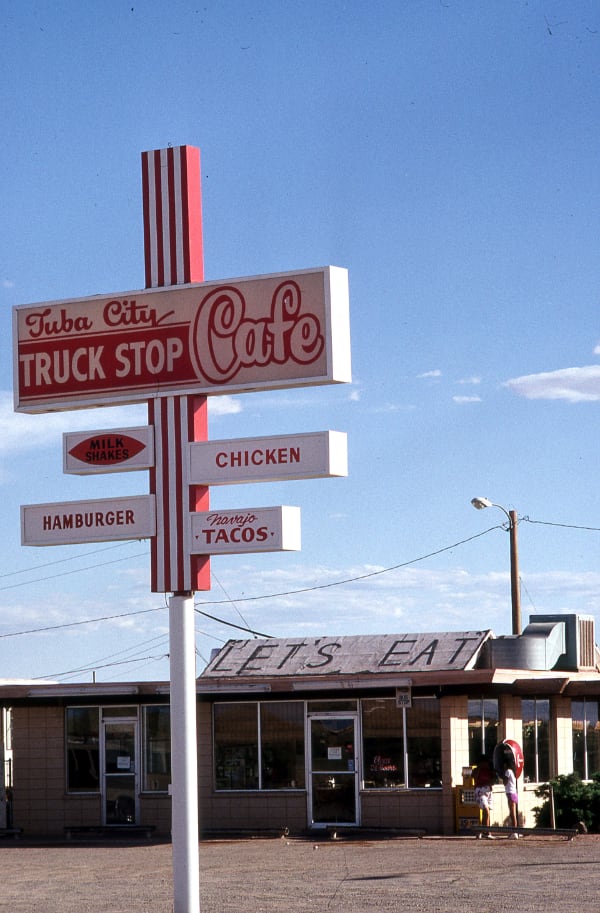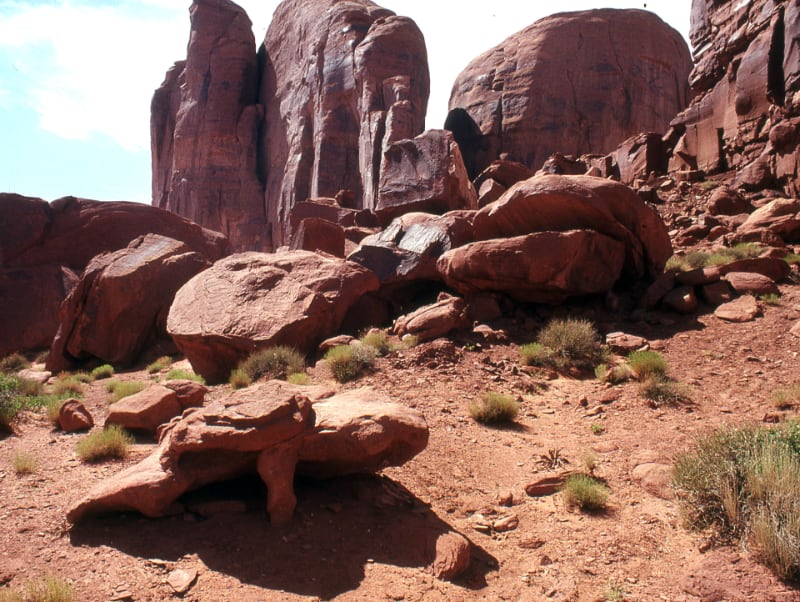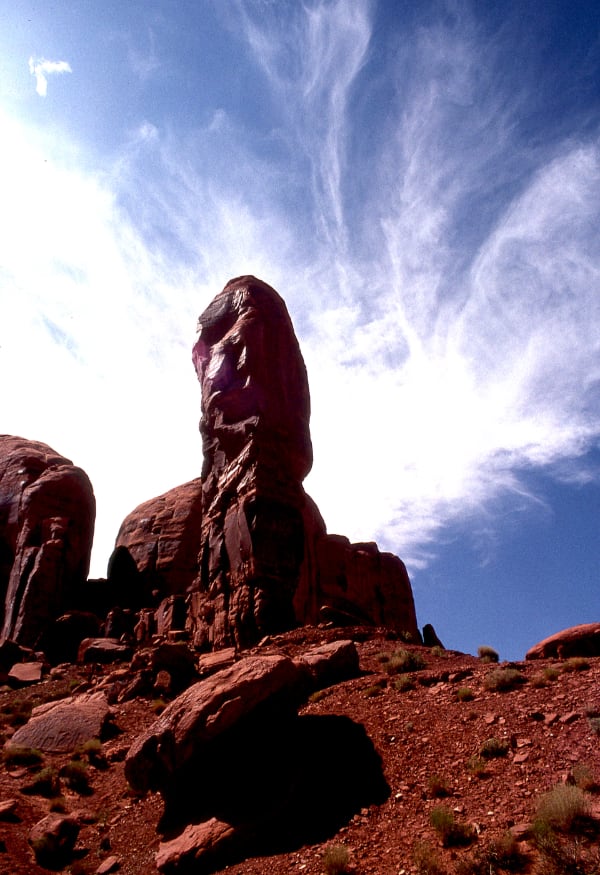The Metaphor We Need
Do you like movie westerns? It is conceivable, I suppose, that you don’t. If you don’t, it is probably because you have a mistaken impression of them, and I encourage you to reconsider.
For sheer splendor, little touches “Silverado” — not the pickup truck that nowadays fills the first pages of any search for the word, but the 1985 big-budget movie spectacular. And few performances can hold a candle to Val Kilmer’s just-right Doc Holliday in “Tombstone” eight years later.

For stirring music, you won’t do better than the Theme from the Magnificent Seven, or that of How the West Was Won (which was itself so epic that it could be shown only in Cinerama, the experiment in audience immersion). Even the relatively latter day theme from Silverado, all brass and glory, from the first bar lets you know exactly what kind of movie this is, and how much you are going to love it.
For pure enjoyment (except for, literally, the last frame), you can’t do better than George Roy Hill’s nearly perfect “Butch Cassidy and the Sundance Kid” from 1969. It has the textbook example of a screenplay, written by William Goldman. (I have a special relationship with this screenplay. Many years ago, my girlfriend gave me a copy of the original shooting script complete with notes, a beautiful Mont Blanc fountain pen, and a note that said, “Happy Birthday! Now get to work!”)
A lot of people who love movies and especially westerns would point to the eerily subdued 1952 High Noon. It builds tension as surely as any Hitchcock thriller. The stoic Gary Cooper — looking pained throughout, and because of back problems he really was — created an archetype that’s been often employed since then (I’m not sure that without Cooper there could be a Harrison Ford). Grace Kelly was the peaceful Quaker wife who forced Cooper to choose between her and his duty. The haunting, often not-quite-there song (“The Ballad of High Noon,” but better known as “Do Not Forsake Me, Oh My Darlin’”) with its ominous drumbeat and Tex Ritter’s distant voice reminds us that something frightening, almost otherworldly in a western sort of way, is coming.

The mental image that comes to mind when people think of westerns is cowboys-and-Indians, lawmen-and-outlaws, maybe cavalry-and-Indians. But none of the movies I mention above cleaves to any formula. At the end of “Silverado,” when the reckoning comes, each of the good guys handles the bad guy most important to his character, with perfect symmetry. Westerns can be almost Shakespearean in their structure. And I’ve mentioned only a few of them. There are dozens that stand as great movies no matter the genre.
I haven’t mentioned the films made by John Ford. In love with Monument Valley, on the Utah-Arizona line and among the most familiar places in the world — due largely to Ford — it was the setting of most of his westerns, from “Stagecoach” in 1939 on. (“Stagecoach” — and Ford — made a star of Marion Morrison, known to you and me as John Wayne. Their collaboration lasted for the rest of Ford’s professional life.) Monument Valley means a lot to me, too; I think its reputation as a mystical, blessed place is well deserved. I was there, the place deserted but for me, aforementioned girlfriend, and lots of red dust, one summer night as the sun set and the moon rose. I imagined the windowless CBS newsroom in New York and how no one there at that moment could conceive of what I was seeing. We drove back to the Tuba City Truck Stop and I phoned New York and quit. (An absolutely true story.)

But the John Ford western that I want to talk about wasn’t made in Monument Valley. It was shot on a Paramount Studios sound stage and the studio’s back lot. Unusual for its time and just right for the story and its lessons, it was shot in black and white. It is in my estimation the most symbolically significant, most poetic, most meaningful of westerns, in a genre full of symbolism, poetry, and meaning.
It is 1962’s “The Man Who Shot Liberty Valance.” If you haven’t seen it, you should, and if you have seen it you should see it again.
Set initially in 1910, but told mostly in a flashback as one of the three main characters is interviewed for a newspaper in the town of Shinbone where the story takes place, it is the story of the civilization of the old west and the end of the “wild” west (often now called the “wild wild west” by illiterates). John Wayne is the hero, man qua man, and Lee Marvin as Valance is as evil as it gets. The civilizing factor, the reasonable man, is played by Jimmy Stewart.
(Something unusual, perhaps unique, is that there was a hit song, “The Man Who Shot Liberty Valance,” sung by Gene Pitney, that is about the movie but that isn’t in the movie. Just this week I saw a trailer for the film. It mentioned the song, so there was some sort of connection. Also new to me is that the song was written by those two hard-riding cattle drovers, Burt Bacharach and Hal David. Most poignant line: When two men go out to face each other, only one returns. The record is the only one I know of that contains a simulated gunshot, if you don’t count the one inserted by Miami disc jockey Mike Ranieri as a joke in “Winchester Cathedral.”)

It’s a ripping story, richly populated with great characters and subtle observations. At one point Jimmy Stewart’s character has set up a school, attended by children and grownups. One of the students, Wayne’s hired hand Pompey (played by Woody Strode) stands up to recite from the Declaration of Independence. The lone black character in the film, he gets to “we hold these truths to be self-evident, that, uh, that . . .” but then halts. Says Stewart, “All men are created equal. It’s okay, Pompey. A lot of people forget that part.” It was entirely matter-of-fact, not preachy, so the point is made even more strongly. Nor was it an easy point to make in 1962. Nor was one later, when Pompey enters the bar to retrieve a drunken Wayne, who invites him to have a drink. “Now, Tom, you know I can’t . . .” said the bartender, and we know what he didn’t say. A glance from even a drunken John Wayne put an end to that foolishness. And the western said in five seconds more than most of the socially conscious films of the era said in two hours.
Stewart’s character is the reasonable man, but he is in a world that faces starker issues of good and evil — not unlike what we see in our streets today, in this country. He gradually comes to understand that evil cannot always be dealt with through men of good will reasoning together, because sometimes one of the adversaries is a stranger to any notion of good will. Sound familiar?

After which comes lesson after lesson, for those who have ears to hear and minds to think. Stewart emerges the hero. But there is a surprise. And I’ll say no more. I’ll not spoil a masterpiece.
The story continues, and we are left to struggle with civilized right and wrong versus raw pure right and wrong. The outcome involves two men both of whom we like and respect. If it doesn’t rend your heart and soul, you haven’t been paying attention.
The flashback ends. Stewart has been talking to a reporter and the editor from the Shinbone newspaper. The latter says, “This is the west. When the legend becomes fact, print the legend.” Soon, we’re back at the makeshift funeral parlor and the crude wooden coffin containing — we’ve known this from the beginning — the body of John Wayne’s character. We see something atop it, and our already bruised hearts utterly break.
This movie can’t dig any deeper into us. It already has consumed us. Or so we think. But then, in just a few minutes, comes the best last line of any movie ever. I won’t repeat it here because I want you to watch it yourself. You will gasp, and maybe you will cry. No shame in that.
After you do, think about our country and our world today. A lot of issues will be clearer to you, I think.
Then try to say that westerns aren’t art, aren’t worthy of our time.
And consider this assertion: Today, the West needs the Western.

Dennis E. Powell is crackpot-at-large at Open for Business. Powell was a reporter in New York and elsewhere before moving to Ohio, where he has (mostly) recovered. You can reach him at dep@drippingwithirony.com.
You need to be logged in if you wish to comment on this article. Sign in or sign up here.

Start the Conversation